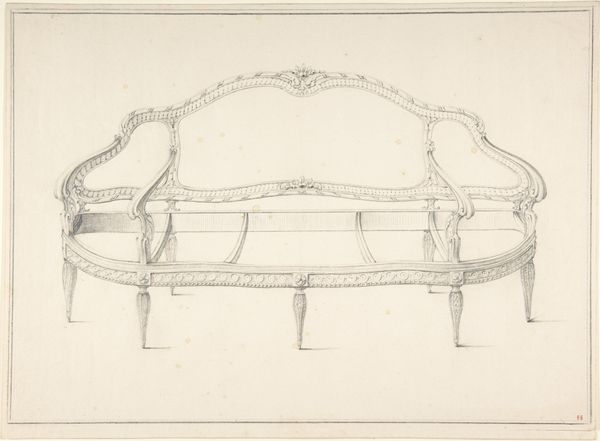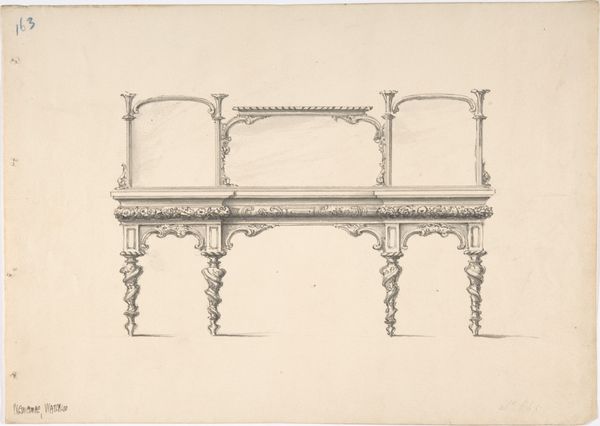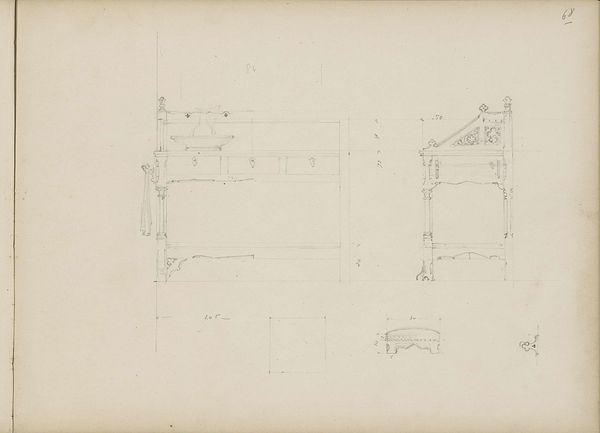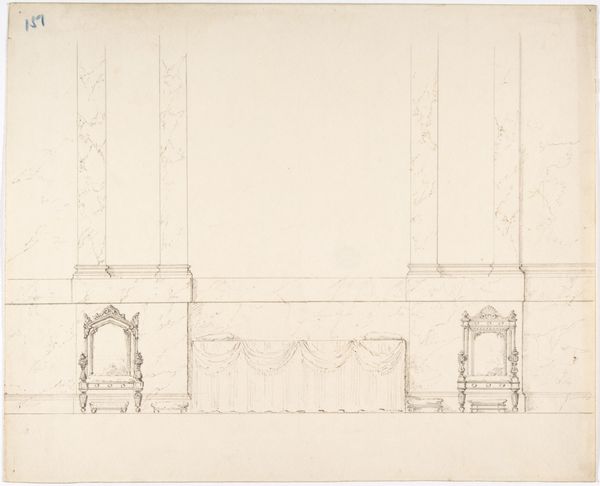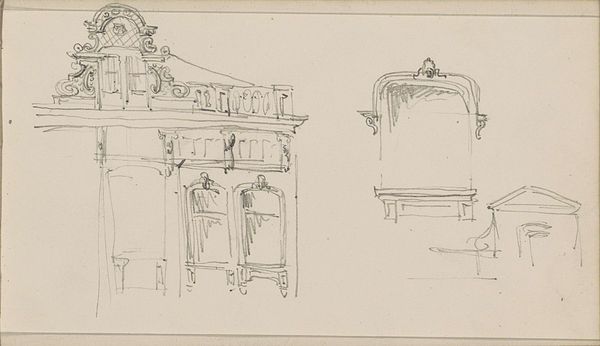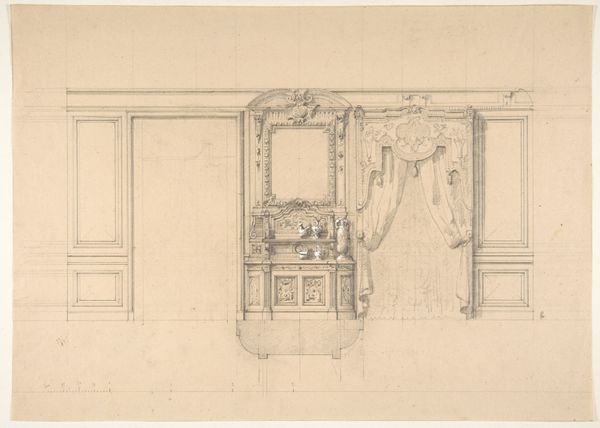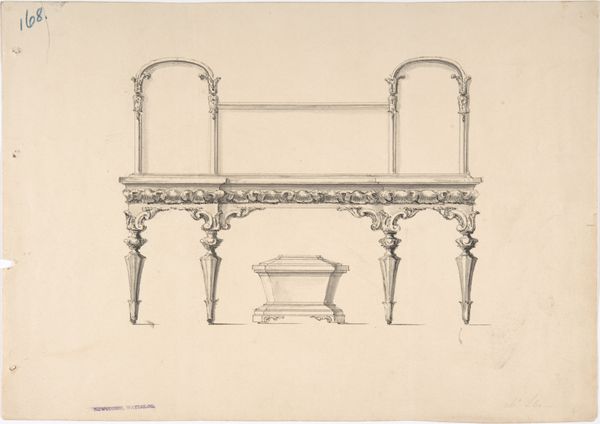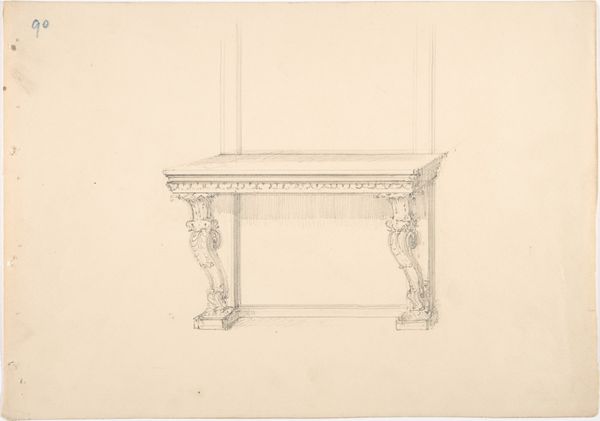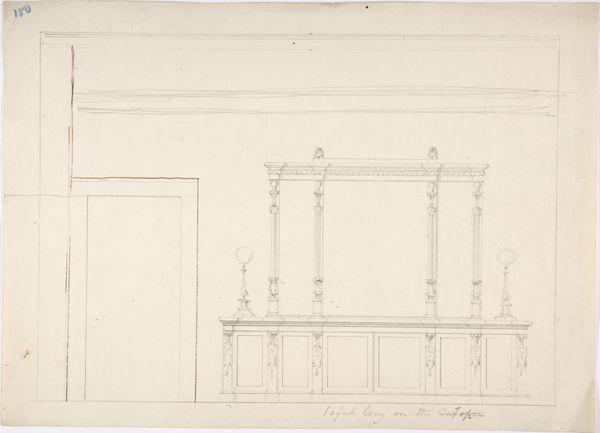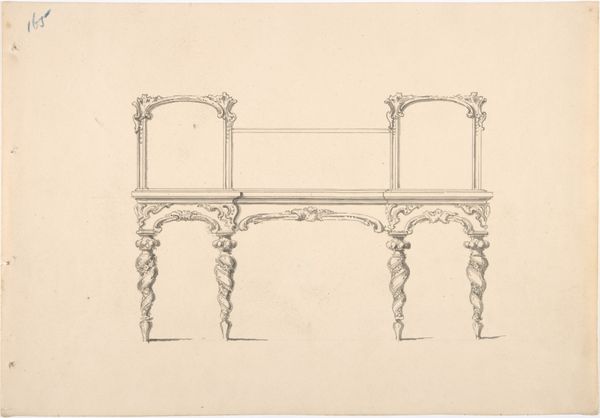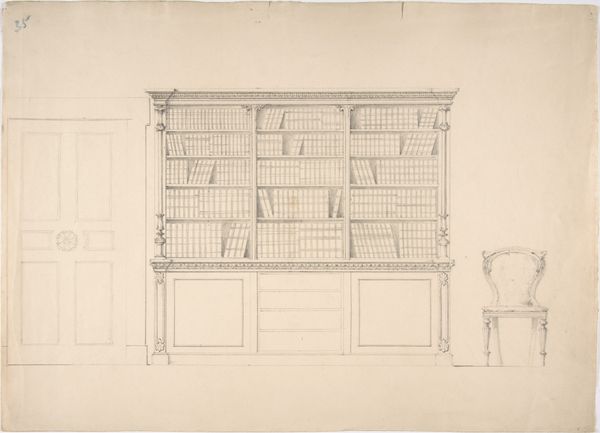
drawing, pencil
#
drawing
#
etching
#
geometric
#
pencil
#
realism
Copyright: Rijks Museum: Open Domain
Curator: Let's delve into this piece titled "Bedspijlen" by Isaac Israels, which the Rijksmuseum dates between 1875 and 1934. It's a pencil and etching drawing, seemingly a study. Editor: My first thought is how simple and ephemeral it feels. The lightness of the pencil lines gives the whole thing an almost ghostly quality, like a fleeting memory of a bedroom. It really feels fragile. Curator: Exactly, it is very dreamlike, it offers an intimate view into domestic life during the late 19th and early 20th centuries. We can examine it through the lens of gender and domesticity, considering how the bedroom space, often a site of labor and confinement for women, is presented here. Editor: And that makes me think of the material reality of that labor. Bed linens needed constant washing, the bed itself had to be maintained... it gives this drawing a layer of working-class associations as well as middle class respectability. What was the artist conveying here with these raw lines and geometrical depictions? Curator: One must contextualize his portraits and genre scenes. Here, a space meant for rest or love becomes imbued with subtle sociopolitical tension as it represents the women often bound there and relegated to repetitive and difficult duties. How are they impacted, even exploited? This piece can serve as a point of departure for conversations on equality and the evolution of expectations in personal relationships. Editor: Looking closely, it’s also fascinating how Israels used varied pencil strokes to differentiate textures – the smooth metal of the bedstead compared to perhaps, woven bedsheets or cotton. He makes sure we notice these aspects through shadow play, suggesting his consciousness towards daily labor of bed upkeep and care. He did not merely focus on capturing form but hinting towards the processes to make up and take care of the furniture shown in the art. Curator: Ultimately, artworks such as "Bedspijlen" encourages questioning prevailing power structures, the roles, social classes, identities in contemporary society, and throughout history. Editor: Indeed, taking time to ponder the object world depicted within these scenes gives insight not just to formal artistry or aesthetic inclinations; they highlight forgotten struggles involved with mundane survival or comfort within our constructed realities.
Comments
No comments
Be the first to comment and join the conversation on the ultimate creative platform.
